| Body System |
Medical Disorder |
Vaccines Reporting Disorder |
| Allergic (5) |
Allergic reactions/hypersensitivity* |
ActHIB, Adacel, Afluria, Bexero, Boostrix, Daptacel, Engerix-B, Fluarix, Flublok, FluMist, Fluzone, Hiberix, Infanrix, IPOL, Kinrix, Pediarix, Pentacel, Quadracel, Recombivax, Tenivac, Trumenba, Twinrix |
| Anaphylactic and anaphylactoid reactions, including shock* |
ActHIB, Adacel, Afluria, Bexero, Boostrix, Daptacel, Engerix-B, Fluarix, Flublok, Flucelvax, Flulaval, FluMist, Fluzone, Havrix, Hiberix, Infanrix, IPOL, Kinrix, MMR-II, Pediarix, Pentacel, Pneumovax-23, Prevnar-13, ProQuad, Quadracel, Recombivax, RotaTeq, Tenivac, Trumenba, Twinrix, Varivax |
| Angioedema* |
ActHIB, Adacel, Boostrix, Daptacel, Engerix-B, Fluarix, Flucelvax, Flulaval, FluMist, Fluzone, Havrix, Hiberix, Infanrix, Kinrix, MMR-II, Pediarix, PedvaxHIB, Pneumovax-23, Prevnar-13, ProQuad, RotaTeq, Tenivac, Twinrix, Varivax |
| Serum sickness* |
Afluria, Engerix-B, Fluarix, Havrix, Pneumovax-23, Recombivax, Twinrix |
| Urticaria* [hives] |
ActHIB, Adacel, Afluria, Boostrix, DT, Engerix-B, Fluarix, Flucelvax, Flulaval, FluMist, Fluzone, Hiberix, Infanrix, IPOL, Kinrix, MMR-II, Pediarix, Pentacel, Pneumovax-23, Prevnar-13, Quadracel, Recombivax, RotaTeq, Tenivac, Twinrix |
| Autoimmune (7) |
Diabetes mellitus* |
MMR-II |
| Guillain-Barré syndrome* |
Adacel, Afluria, Engerix-B, Fluarix, Flulaval, FluMist, Fluzone, Havrix, MMR-II, PedvaxHIB, Pneumovax-23, ProQuad, Recombivax, Tenivac, Vaqta, Varivax |
| Kawasaki disease* [blood vessel disease] |
Rotarix, RotaTeq |
| Lupus-like syndrome* |
Recombivax |
| Multiple sclerosis (or MS exacerbation)* |
Engerix-B, Havrix, Recombivax, Twinrix |
| Pancreatitis* |
Gardasil/Gardasil 9, MMR-II |
| Systemic lupus erythematosus* |
Recombivax |
| Blood/lymphatic system (10) |
Anemia, aplasic or hemolytic |
Gardasil/Gardasil 9, Pneumovax-23, ProQuad, Varivax |
| Epistaxis [nosebleed] |
FluMist, ProQuad |
| Extravasation [blood vessel leakage] |
ProQuad |
| Hematochezia [bloody stools] |
ProQuad, Rotarix, RotaTeq |
| Increased erythrocyte sedimentation rate |
Recombivax |
| Leukocytosis [increased white blood cells] |
MMR-II, Pneumovax-23 |
| Lymphadenitis [swollen lymph nodes] |
Boostrix, Pneumovax-23, ProQuad |
| Lymphadenopathy, including regional |
Boostrix, Daptacel, DT, Fluarix, Flulaval, Fluzone, Gardasil/Gardasil 9, Infanrix, IPOL, Kinrix, MMR-II, PedvaxHIB, Pneumovax-23, Prevnar-13, ProQuad, Tenivac |
| Thrombocytopenia [low platelets] |
Afluria, Engerix-B, Fluzone, Havrix, Infanrix, Kinrix, MMR-II, Pneumovax-23, ProQuad, Recombivax, Twinrix, Vaqta, Varivax |
| Thrombocytopenic purpura, idiopathic |
Gardasil/Gardasil 9, Rotarix, Twinrix, Varivax |
| Cardiac (6) |
Cyanosis* [bluish discoloration, low oxygen] |
Daptacel, Hiberix, Infanrix, Pediarix, Pentacel, Prevnar-13, Quadracel |
| Hypotension |
Adacel |
| Myocarditis [heart muscle inflammation] |
Adacel, Boostrix |
| Palpitations |
Engerix-B, Twinrix |
| Pericarditis [pericardial inflammation] |
FluMist |
| Tachycardia [abnormally high heart rate] |
Engerix-B, Fluarix, Recombivax, Twinrix |
| Congenital (1) |
Congenital anomaly |
Havrix |
| Death (2) |
Death |
Gardasil/Gardasil 9, MMR-II, Rotarix, RotaTeq |
| Sudden Infant Death Syndrome (SIDS) |
Infanrix |
| Ear/labyrinth (5) |
Ear pain |
Engerix-B, Infanrix, ProQuad, Twinrix |
| Nerve deafness |
MMR-II, ProQuad |
| Otitis media |
MMR-II |
| Tinnitis |
Engerix-B, Recombivax, Twinrix |
| Vertigo |
Engerix-B, Fluarix |
| Eye (15) |
Conjunctivitis |
Engerix-B, Fluarix, MMR-II, Recombivax, Twinrix |
| Eye irritation |
Fluarix, ProQuad |
| Eye pain |
Fluarix, Flulaval |
| Eye redness |
Fluarix |
| Eye swelling |
Bexero, Fluarix |
| Eyelid swelling |
Fluarix, ProQuad |
| Keratitis [corneal inflammation] |
Engerix-B |
| Ocular hyperemia [eye inflammation] |
Fluzone |
| Ocular palsies* [nerve damage] |
MMR-II, ProQuad |
| Optic neuritis/neuropathy, papillitis* [inflammation of optic nerve] |
Engerix-B, Fluzone, MMR-II, ProQuad, Recombivax, Twinrix |
| Photophobia [light intolerance] |
Flulaval |
| Retinitis, necrotizing [inflammation] |
MMR-II, ProQuad, Varivax |
| Retrobulbar neuritis [nerve damage] |
MMR-II, ProQuad |
| Uveitis [eye inflammation] |
Recombivax |
| Visual disturbances |
Engerix-B, Recombivax, Twinrix |
| Gastrointestinal (13) |
Abdominal pain, discomfort |
Fluarix, ProQuad |
| Candidiasis* |
ProQuad |
| Constipation |
Recombivax |
| Diarrhea |
Daptacel, FluMist, MMR-II, Pediarix, Pentacel |
| Dyspepsia [indigestion] |
Engerix-B, Twinrix |
| Dysphagia [swallowing difficulties] |
Flulaval |
| Gastroenteritis |
Rotarix, RotaTeq |
| Intussusception, including recurrent/fatal |
Rotarix, RotaTeq |
| Mouth ulcers |
ProQuad |
| Nausea |
Daptacel, DT, Fluarix, FluMist, Gardasil/Gardasil 9, MMR-II, Pneumovax-23, Tdvax |
| Pancreatitis* |
Gardasil/Gardasil 9, MMR-II |
| Swelling of mouth, throat or tongue |
Fluarix |
| Vomiting |
Flulaval, FluMist, Fluzone, Gardasil/Gardasil 9, MMR-II, Pediarix, Pentacel, Pneumovax-23, Tenivac |
| General and injection site (20) |
Abnormal gait |
Flulaval |
| Apathy |
ProQuad |
| Asthenia [fatigue, weakness] |
Fluarix, Flulaval, Fluzone, Gardasil/Gardasil 9, Infanrix, Pediarix, Tenivac |
| Body aches |
Fluarix |
| Chest pain |
Fluarix, Flulaval, Fluzone |
| Chills |
Fluarix, Gardasil/Gardasil 9, Havrix, Twinrix |
| Decreased limb mobility |
Pneumovax-23 |
| Feeling hot |
Fluarix |
| Fever |
MMR-II, Pneumovax-23 |
| Injected limb—extensive swelling |
ActHIB, Bexero, Hiberix |
| Injection site abscess |
Adacel, Daptacel, Fluarix, Flulaval, PedvaxHIB, Pentacel, Quadracel |
| Injection site bruising |
Adacel, Flulaval |
| Injection site cellulitis |
Afluria, Daptacel, Fluarix, Flulaval, Pediarix, Quadracel, Tenivac |
| Injection site reactions (mass, pain, warmth) |
Adacel, Afluria, Bexero, Boostrix, Daptacel, DT, Engerix-B, Fluarix, Flucelvax, Flulaval, Havrix, Hiberix, Infanrix, IPOL, Kinrix, MMR-II, Pediarix, Pentacel, Pneumovax-23, Prevnar-13, ProQuad, Quadracel, Tdvax, Tenivac, Twinrix |
| Injection site rash |
Daptacel, Flulaval, IPOL, Prevnar-13 |
| Listlessness |
Quadracel |
| Malaise |
Gardasil/Gardasil 9, MMR-II, Pneumovax-23, Tdvax, Twinrix |
| Peripheral edema |
ActHIB, MMR-II, Pneumovax-23, ProQuad, Tdvax, Tenivac, Varivax |
| Pyrexia [fever] |
Tdvax |
| Swelling |
MMR-II, ProQuad |
| Hepatobiliary/liver (3) |
Elevation of liver enzymes |
Recombivax |
|
Hepatitis |
Havrix, Twinrix |
|
Jaundice |
Havrix, Twinrix |
| Immune system (5) |
Allergic reactions/hypersensitivity* |
ActHIB, Adacel, Afluria, Bexero, Boostrix, Daptacel, Engerix-B, Fluarix, Flublok, FluMist, Fluzone, Hiberix, Infanrix, IPOL, Kinrix, Pediarix, Pentacel, Quadracel, Recombivax, Tenivac, Trumenba, Twinrix |
| Anaphylactic and anaphylactoid reactions, including shock* |
ActHIB, Adacel, Afluria, Bexero, Boostrix, Daptacel, Engerix-B, Fluarix, Flublok, Flucelvax, Flulaval, FluMist, Fluzone, Havrix, Hiberix, Infanrix, IPOL, Kinrix, MMR-II, Pediarix, Pentacel, Pneumovax-23, Prevnar-13, ProQuad, Quadracel, Recombivax, RotaTeq, Tenivac, Trumenba, Twinrix, Varivax |
| Angioedema,* angioneurotic edema |
ActHIB, Adacel, Boostrix, Daptacel, Engerix-B, Fluarix, Flucelvax, Flulaval, FluMist, Fluzone, Havrix, Hiberix, Infanrix, Kinrix, MMR-II, Pediarix, PedvaxHIB, Pneumovax-23, Prevnar-13, ProQuad, RotaTeq, Tenivac, Twinrix, Varivax |
| Edema |
Adacel |
| Serum sickness* |
Afluria, Engerix-B, Fluarix, Havrix, Pneumovax-23, Recombivax, Twinrix |
| Infections and infestations (29) |
Atypical measles |
MMR-II, ProQuad |
| Bronchitis |
Infanrix, ProQuad |
| Candidiasis* |
ProQuad |
| Cellulitis |
Daptacel, Infanrix, Pneumovax-23, ProQuad, Tdvax, Varivax |
| Early-onset Hib disease |
PedvaxHIB |
| Herpes simplex |
ProQuad |
| Herpes zoster [shingles] |
Engerix-B, ProQuad, Recombivax, Twinrix, Varivax |
| Infection |
ProQuad |
| Influenza, influenza-like illness |
Afluria, Flulaval, Havrix, ProQuad |
| Invasive Hib disease |
Pentacel |
| Kawasaki disease* [blood vessel disease] |
Rotarix, RotaTeq |
| Laryngitis |
Flulaval |
| Measles |
ProQuad |
| Measles-like rash |
MMR-II |
| Meningitis (aseptic, eosinophilic) |
Engerix-B, FluMist, MMR-II, Pentacel, ProQuad, Twinrix, Varivax |
| Pharyngitis |
Fluarix, Varivax |
| Pneumonia, pneumonitis |
MMR-II, ProQuad, Varivax |
| Pulmonary congestion |
ProQuad |
| Respiratory tract infection |
Infanrix, Pediarix, ProQuad |
| Rhinitis |
Fluarix, Flulaval, Havrix, MMR-II, Pentacel, ProQuad |
| Secondary bacterial infections (skin, tissue) |
Varivax |
| Sinusitis |
ProQuad |
| Skin infection |
ProQuad |
| Sore throat |
MMR-II, ProQuad |
| Tonsillitis |
Fluarix |
| Transmission of vaccine virus strains |
RotaTeq |
| Varicella (vaccine strain) |
ProQuad, Varivax |
| Varicella-like rash |
ProQuad |
| Viral infection |
Pentacel |
| Investigations (2) |
Abnormal liver function tests |
Engerix-B, Twinrix |
| Increased serum C-reactive protein |
Pneumovax-23 |
| Metabolic (3) |
Decreased appetite |
Pentacel |
| Diabetes mellitus* |
MMR-II |
| Mitochondrial encephalomyopathy, Leigh syndrom exacerbation [neurometabolic] |
FluMist |
| Musculoskeletal/connective tissue (13) |
Arthralgia [joint pain] |
Boostrix, Engerix-B, IPOL, MMR-II, Pneumovax-23, ProQuad, Recombivax, Tdvax, Twinrix |
| Arthritis |
Engerix-B, Flulaval, MMR-II, Pneumovax-23, ProQuad, Recombivax, Twinrix |
| Back pain |
Boostrix |
| Hypotonia [low muscle tone] |
Daptacel, Hiberix, Infanrix, Pediarix, Prevnar-13, Quadracel |
| Lupus-like syndrome* |
Recombivax |
| Muscle spasm |
Adacel |
| Muscle weakness |
Engerix-B, Flulaval, Recombivax, Twinrix |
| Musculoskeletal pain |
ProQuad |
| Musculoskeletal stiffness |
Havrix |
| Myalgia [muscle pain] |
Boostrix, IPOL, MMR-II, ProQuad, Tdvax, Tenivac |
| Myositis [muscle inflammation] |
Adacel |
| Pain in extremities |
Fluarix, Fluzone, Pediarix, Recombivax, Tdvax, Tenivac |
| Systemic lupus erythematosus* |
Recombivax |
| Nervous system (41) |
Acute disseminated encephalomyelitis |
MMR-II, ProQuad |
| Ataxia [nervous system dysfunction] |
MMR-II, ProQuad, Varivax |
| Bulging fontanelle |
Pediarix |
| Cerebellar ataxia |
Vaqta |
| Convulsions/seizures |
ActHIB, Adacel, Afluria, Boostrix, Daptacel, DT, Fluarix, Flulaval, Fluzone, Havrix, Hiberix, IPOL, Kinrix, MMR-II, Quadracel, Recombivax, Tdvax, Twinrix, Varivax |
| Depressed level of consciousness |
Boostrix, Pediarix, Pentacel |
| Dizziness |
Fluarix, Flulaval, Fluzone, Havrix, MMR-II, ProQuad, Tdvax, Tenivac, Varivax |
| Encephalitis, vaccine-induced encephalitis [brain inflammation] |
Boostrix, Engerix-B, FluMist, MMR-II, Pediarix, Recombivax, Twinrix, Vaqta, Varivax |
| Encephalomyelitis [brain and spinal cord] |
Afluria, Fluarix, Fluzone |
| Encephalopathy [brain disease] |
Afluria, Engerix-B, Flulaval, Havrix, Infanrix, MMR-II, ProQuad, Twinrix |
| Facial palsy, Bell’s palsy |
Adacel, Boostrix, Engerix-B, Fluarix, FluMist, Fluzone, ProQuad, Recombivax, Twinrix, Varivax |
| Facial (or cranial) nerve paralysis |
Flulaval |
| Facial paresis [impaired facial movement] |
Fluarix |
| Febrile convulsions/seizures |
Afluria, Daptacel, Fluzone, IPOL, MMR-II, PedvaxHIB, Pneumovax-23, ProQuad, Quadracel, Recombivax |
| Guillain-Barré syndrome* |
Adacel, Afluria, Engerix-B, Fluarix, Flulaval, FluMist, Fluzone, Havrix, MMR-II, PedvaxHIB, Pneumovax-23, ProQuad, Recombivax, Tenivac, Vaqta, Varivax |
| Headache |
DT, Infanrix, IPOL, MMR-II, ProQuad, Tdvax, Twinrix |
| Hypoesthesia [decreased tactile sensitivity] |
Adacel, Engerix-B, Fluarix, Flulaval, Havrix, Recombivax, Twinrix |
| Hypokinesia [loss of muscle movement] |
Flulaval |
| Hypotonic-hyporesponsive episode to immunization (HHE) |
Daptacel, Hiberix, Kinrix, Pediarix, Pentacel, Quadracel |
| Lethargy |
Pediarix |
| Limb paralysis |
Flulaval |
| Measles inclusion body encephalitis |
MMR-II, ProQuad |
| Migraine |
Engerix-B, Recombivax |
| Multiple sclerosis (or MS exacerbation)* |
Engerix-B, Havrix, Recombivax, Twinrix |
| Myelitis [spinal cord disease] |
Adacel, Fluarix, Fluzone, Havrix, Recombivax, Twinrix |
| Neuralgia [nerve pain] |
Afluria |
| Neuritis (including brachial, polyneuritis) |
Adacel, Afluria, Engerix-B, Fluarix, Fluzone, MMR-II, Twinrix |
| Neuropathy, polyneuropathy |
Afluria, Engerix-B, Fluarix, Havrix, MMR-II, ProQuad, Recombivax, Twinrix |
| Ocular palsies* [nerve damage] |
MMR-II, ProQuad |
| Optic neuritis/neuropathy, papillitis* [inflammation of optic nerve] |
Engerix-B, Fluzone, MMR-II, ProQuad, Recombivax, Twinrix |
| Paralysis |
Engerix-B, Twinrix |
| Paresis [partial paralysis] |
Engerix-B, Twinrix |
| Paresthesia [abnormal skin sensations] |
Adacel, Afluria, Boostrix, Engerix-B, Fluarix, Flucelvax, Flulaval, Fluzone, Havrix, IPOL, MMR-II, Pneumovax-23, ProQuad, Tenivac, Varivax |
| Partial seizures, seizures |
Daptacel, Engerix-B, ProQuad |
| Presyncope [feeling faint] |
Flucelvax |
| Radiculopathy [“pinched nerve” in spine] |
Pneumovax-23, Recombivax |
| Somnolence |
Daptacel, DT, Flulaval, Havrix, Hiberix, IPOL, Pediarix, Pentacel, Quadracel, Recombivax |
| Subacute sclerosing panencephalitis |
MMR-II, ProQuad |
| Syncope, vasovagal syncope [fainting] |
Adacel, Bexero, Boostrix, Daptacel, DT, Engerix-B, Fluarix, Flucelvax, Flulaval, Fluzone, Havrix, Hiberix, Infanrix, Kinrix, MMR-II, Pediarix, ProQuad, Recombivax, Tenivac, Trumenba |
| Transverse myelitis |
Afluria, Engerix-B, Fluzone, MMR-II, ProQuad, Recombivax, Twinrix, Varivax |
| Tremors |
Flulaval, ProQuad |
| Psychiatric (8) |
Agitation |
IPOL, ProQuad, Recombivax |
| Crying/unusual crying |
Pediarix |
| Hypersomnia |
ProQuad |
| Insomnia |
Flulaval, Pediarix |
| Irritability |
MMR-II, Recombivax |
| Nervousness |
Pediarix, ProQuad |
| Restlessness |
Pediarix |
| Screaming |
Daptacel, Pediarix, Pentacel, Quadracel |
| Respiratory, thoracic and mediastinal (12) |
Apnea |
Engerix-B, Hiberix, Infanrix, Kinrix, Pediarix, Pentacel, Prevnar-13 |
| Asthma, asthma-like symptoms |
Engerix-B, Fluarix, Twinrix |
| Bronchospasm |
Engerix-B, Fluarix, Flulaval, MMR-II, ProQuad, Recombivax, Tenivac, Twinrix |
| Cough |
Fluarix, Fluzone, Infanrix, MMR-II, Pediarix, Pentacel |
| Cyanosis* [bluish discoloration, low oxygen] |
Daptacel, Hiberix, Infanrix, Pediarix, Pentacel, Prevnar-13, Quadracel |
| Dyspnea [shortness of breath] |
Fluarix, Flulaval, Fluzone, Havrix, Pediarix, Quadracel, Twinrix |
| Dysphonia [vocal abnormalities] |
Flulaval |
| Oropharyngeal pain |
Fluzone |
| Respiratory distress |
Fluarix |
| Rhinorrhea [runny nose] |
Fluzone |
| Stridor [high-pitched wheezing] |
Fluarix |
| Throat tightness |
Flulaval, Fluzone |
| Wheezing |
Fluzone, ProQuad |
| Skin/ subcutaneous tissue (22) |
Acute hemorrhagic edema of infancy |
MMR-II, ProQuad |
| Alopecia [hair loss] |
Engerix-B, Recombivax, Twinrix |
| Ecchymoses [subcutaneous bleeding] |
Engerix-B, Recombivax, Twinrix |
| Eczema |
Engerix-B, Recombivax, Twinrix |
| Erythema [skin redness] |
Fluarix, Infanrix, MMR-II, Pediarix, Pentacel, Tdvax |
| Erythema multiforme [skin disorder] |
Engerix-B, Fluarix, Havrix, MMR-II, Pneumovax-23, ProQuad, Prevnar-13, Recombivax, Twinrix, Varivax |
| Erythema nodosum [nodules or lumps] |
Engerix-B, Recombivax, Twinrix |
| Exanthem [widespread rash] |
Boostrix |
| Facial swelling/edema |
Daptacel, Fluarix, MMR-II, ProQuad, Varivax |
| Hyperhydrosis [abnormal sweating] |
Flulaval, Havrix, Twinrix |
| Impetigo |
ProQuad, Varivax |
| Lichen planus [inflammatory skin rash] |
Engerix-B, Twinrix |
| Panniculitis [disease of fatty layer of skin] |
MMR-II, ProQuad |
| Parotitis [salivary gland inflammation] |
MMR-II, ProQuad |
| Pruritus [itchy skin] |
ActHIB, Adacel, Afluria, Boostrix, Daptacel, Fluarix, Flucelvax, Flulaval, Fluzone, Infanrix, Kinrix, MMR-II, Prevnar-13, ProQuad, Tdvax, Tenivac |
| Purpura [red/purple spots] |
Engerix-B, MMR-II, ProQuad |
| Rash |
ActHIB, Adacel, Afluria, Bexero, Boostrix, Daptacel, DT, Fluarix, Flucelvax, Flulaval, FluMist, Fluzone, Hiberix, Infanrix, IPOL, MMR-II, Pediarix, Pentacel, Pneumovax-23, Prevnar-13, Quadracel, Tdvax, Tenivac |
| Skin discoloration |
Pentacel |
| Skin induration |
MMR-II, ProQuad |
| Stevens-Johnson syndrome [severe skin reaction] |
Engerix-B, Fluarix, Fluzone, MMR-II, ProQuad, Recombivax, Varivax |
| Urticaria* [hives] |
ActHIB, Adacel, Afluria, Boostrix, DT, Engerix-B, Fluarix, Flucelvax, Flulaval, FluMist, Fluzone, Hiberix, Infanrix, IPOL, Kinrix, MMR-II, Pediarix, Pentacel, Pneumovax-23, Prevnar-13, Quadracel, Recombivax, RotaTeq, Tenivac, Twinrix |
| Vesiculation |
MMR-II |
| Vascular (8) |
Cerebrovascular accident |
ProQuad, Varivax |
| Flushing |
Flulaval, Fluzone |
| Henoch-Schönlein purpura [blood vessel inflammation] |
Boostrix, Fluarix, MMR-II, ProQuad, Varivax |
| Pallor |
DT, Flulaval, Hiberix, Pediarix, Pentacel, Prevnar-13, Quadracel |
| Petechiae [bleeding capillaries] |
Pediarix, Recombivax |
| Polyarteritis nodosa [damaged arteries] |
Recombivax |
| Renal vasculitis |
Afluria |
| Vasculitis |
Afluria, Engerix-B, Fluarix, Fluzone, Havrix, MMR-II, Recombivax, Twinrix |
| Urogenital (2) |
Epididymitis [testicular inflammation] |
MMR-II, ProQuad |
|
Orchitis [inflammation of the testes] |
MMR-II, ProQuad |
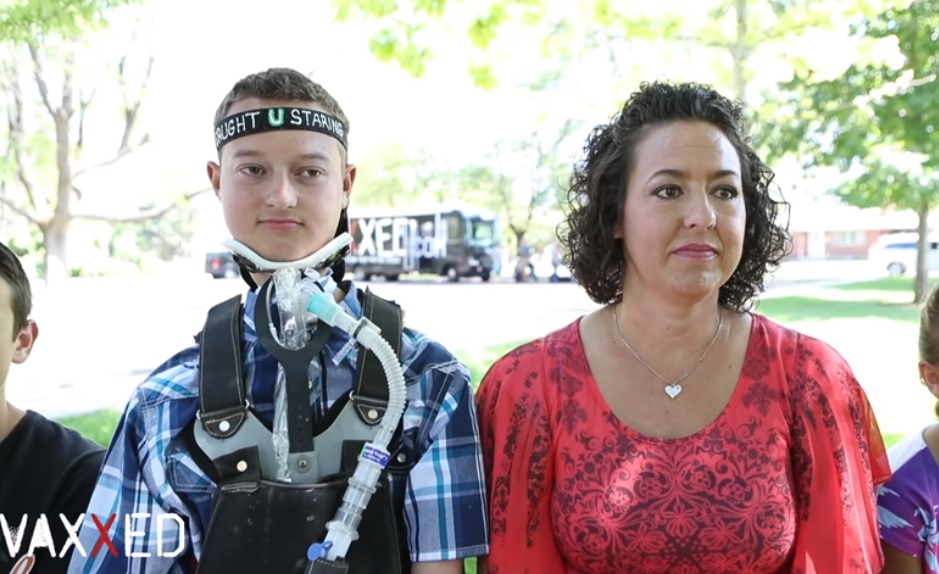 Colton Berret and his mother were interviewed on the bus tour of Vaxxed I. Colton
Colton Berret and his mother were interviewed on the bus tour of Vaxxed I. Colton 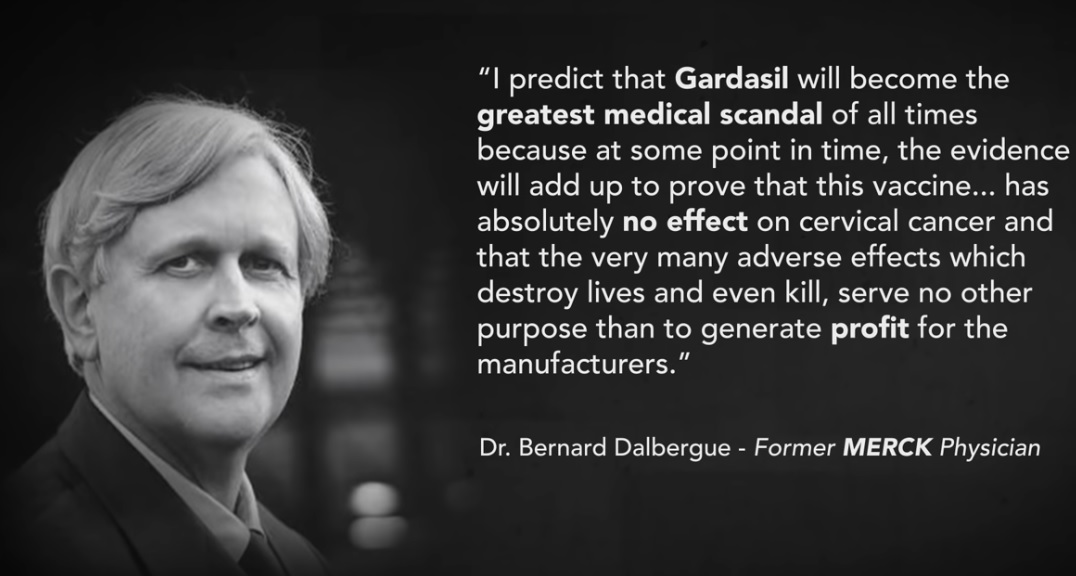
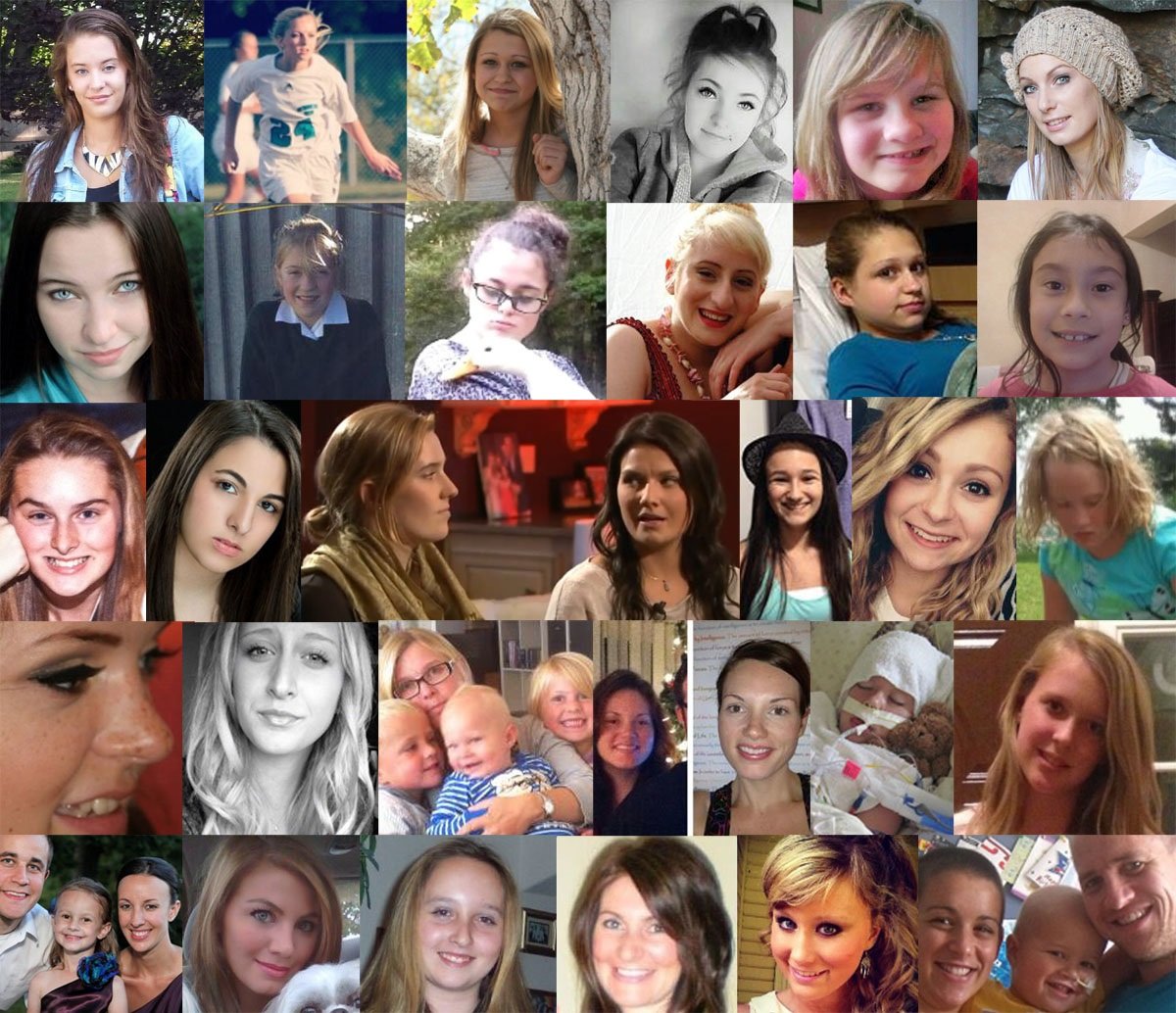
 Robert Cinque
Robert Cinque



 Top: Dr. Anthony Fauci with CDC Director Robert Redfield. Bottom: Bill Gates with Dr. Deborah Birx.
Top: Dr. Anthony Fauci with CDC Director Robert Redfield. Bottom: Bill Gates with Dr. Deborah Birx. 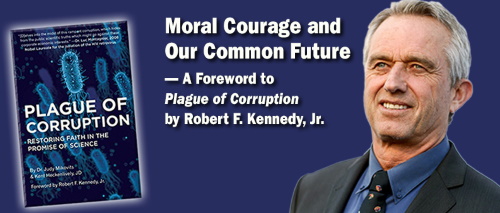
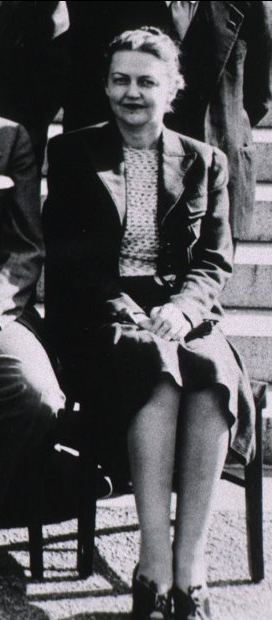 In 1961, Eddy discovered that a cancer-causing monkey virus, SV40, had contaminated ninety-eight million Salk polio vaccines. When she injected the SV40 virus into newborn hamsters, the rodents sprouted tumors. Eddy’s discovery proved an embarrassment to many scientists working on the vaccine. Instead of rewarding her for her visionary work, NIH officials banned her from polio research and assigned her to other duties. The NIH buried the alarming information and continued using the vaccines.
In 1961, Eddy discovered that a cancer-causing monkey virus, SV40, had contaminated ninety-eight million Salk polio vaccines. When she injected the SV40 virus into newborn hamsters, the rodents sprouted tumors. Eddy’s discovery proved an embarrassment to many scientists working on the vaccine. Instead of rewarding her for her visionary work, NIH officials banned her from polio research and assigned her to other duties. The NIH buried the alarming information and continued using the vaccines.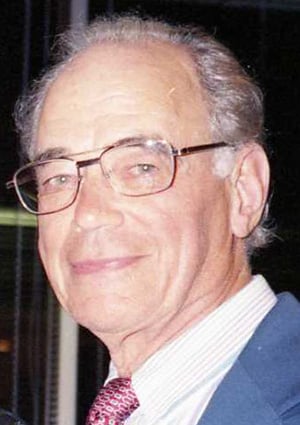 Dr. John Anthony Morris was a bacteriologist and virologist who worked for thirty-six years at NIH and the Food and Drug Administration (FDA), beginning in 1940. Morris served as the chief vaccine officer for the Bureau of Biological Standards (BBS) at the National Institute of Health and later with the FDA when the BBS transferred to that agency in the 1970s. Dr. Morris irked his superiors by arguing that the research carried out by his unit demonstrated there was no reliable proof that flu vaccines were effective in preventing influenza; in particular, he accused his supervisor of basing HHS’s mass vaccination program for the swine flu primarily on a scientifically baseless fear campaign and on false claims made by pharmaceutical manufacturers. He warned that the vaccine was dangerous and could induce neurological injuries. His CDC superior warned Dr. Morris, “I would advise you not to talk about this.”
Dr. John Anthony Morris was a bacteriologist and virologist who worked for thirty-six years at NIH and the Food and Drug Administration (FDA), beginning in 1940. Morris served as the chief vaccine officer for the Bureau of Biological Standards (BBS) at the National Institute of Health and later with the FDA when the BBS transferred to that agency in the 1970s. Dr. Morris irked his superiors by arguing that the research carried out by his unit demonstrated there was no reliable proof that flu vaccines were effective in preventing influenza; in particular, he accused his supervisor of basing HHS’s mass vaccination program for the swine flu primarily on a scientifically baseless fear campaign and on false claims made by pharmaceutical manufacturers. He warned that the vaccine was dangerous and could induce neurological injuries. His CDC superior warned Dr. Morris, “I would advise you not to talk about this.”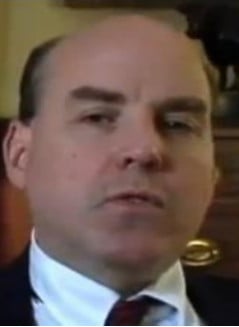 FDA used the same playbook in 2002 to isolate, silence, and drive from government service its star epidemiologist, Dr. Bart Classen, when his massive epidemiologic studies, the largest ever performed, linked Hib vaccines to the juvenile diabetes epidemic. FDA ordered Dr. Classen to refrain from publishing the government-funded studies, forbade him from talking publicly about the alarming outbreak, and eventually forced him out of government service.
FDA used the same playbook in 2002 to isolate, silence, and drive from government service its star epidemiologist, Dr. Bart Classen, when his massive epidemiologic studies, the largest ever performed, linked Hib vaccines to the juvenile diabetes epidemic. FDA ordered Dr. Classen to refrain from publishing the government-funded studies, forbade him from talking publicly about the alarming outbreak, and eventually forced him out of government service.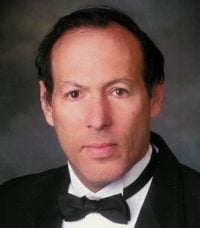
 Professor Peter Gøtzsche co-founded the Cochrane Collaboration in 1993 to remedy the overwhelming corruption of published science and scientists by pharmaceutical companies. Over 30,000 of the world’s leading scientists joined Cochrane as volunteer reviewers hoping to restore independence and integrity to published science. Gøtzsche was responsible for making Cochrane the world’s leading independent research institute. He also founded the Nordic Cochrane Center in 2003. On October 29, 2018, pharmaceutical interests, led by Bill Gates, finally succeeded in ousting Professor Gøtzsche. A stacked board controlled by Gates fired Gøtzsche from the Cochrane Collaboration after he published a well-founded criticism of the HPV vaccine. In 2018, the Danish government, under pressure from pharma, fired Peter Gøtzsche from Rigshospitalet in Copenhagen. His findings about the HPV vaccine threatened the pharmaceutical industry’s earnings.
Professor Peter Gøtzsche co-founded the Cochrane Collaboration in 1993 to remedy the overwhelming corruption of published science and scientists by pharmaceutical companies. Over 30,000 of the world’s leading scientists joined Cochrane as volunteer reviewers hoping to restore independence and integrity to published science. Gøtzsche was responsible for making Cochrane the world’s leading independent research institute. He also founded the Nordic Cochrane Center in 2003. On October 29, 2018, pharmaceutical interests, led by Bill Gates, finally succeeded in ousting Professor Gøtzsche. A stacked board controlled by Gates fired Gøtzsche from the Cochrane Collaboration after he published a well-founded criticism of the HPV vaccine. In 2018, the Danish government, under pressure from pharma, fired Peter Gøtzsche from Rigshospitalet in Copenhagen. His findings about the HPV vaccine threatened the pharmaceutical industry’s earnings.

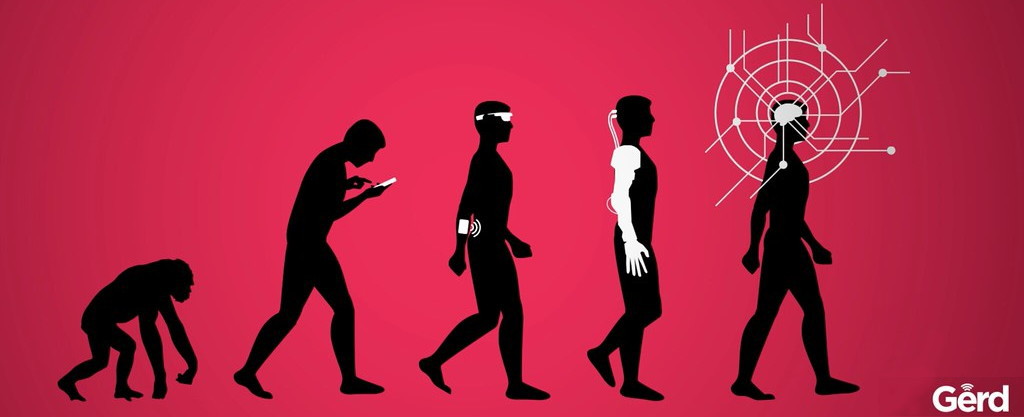
 The Patent
The Patent Maintaining and analyzing the data
Maintaining and analyzing the data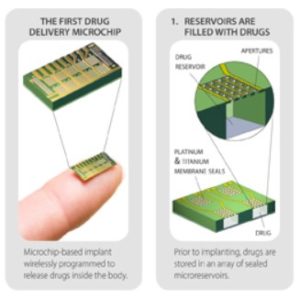 Gates will
Gates will 
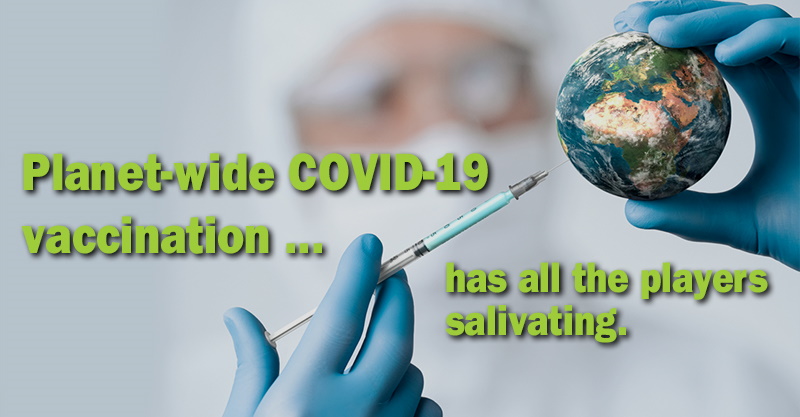
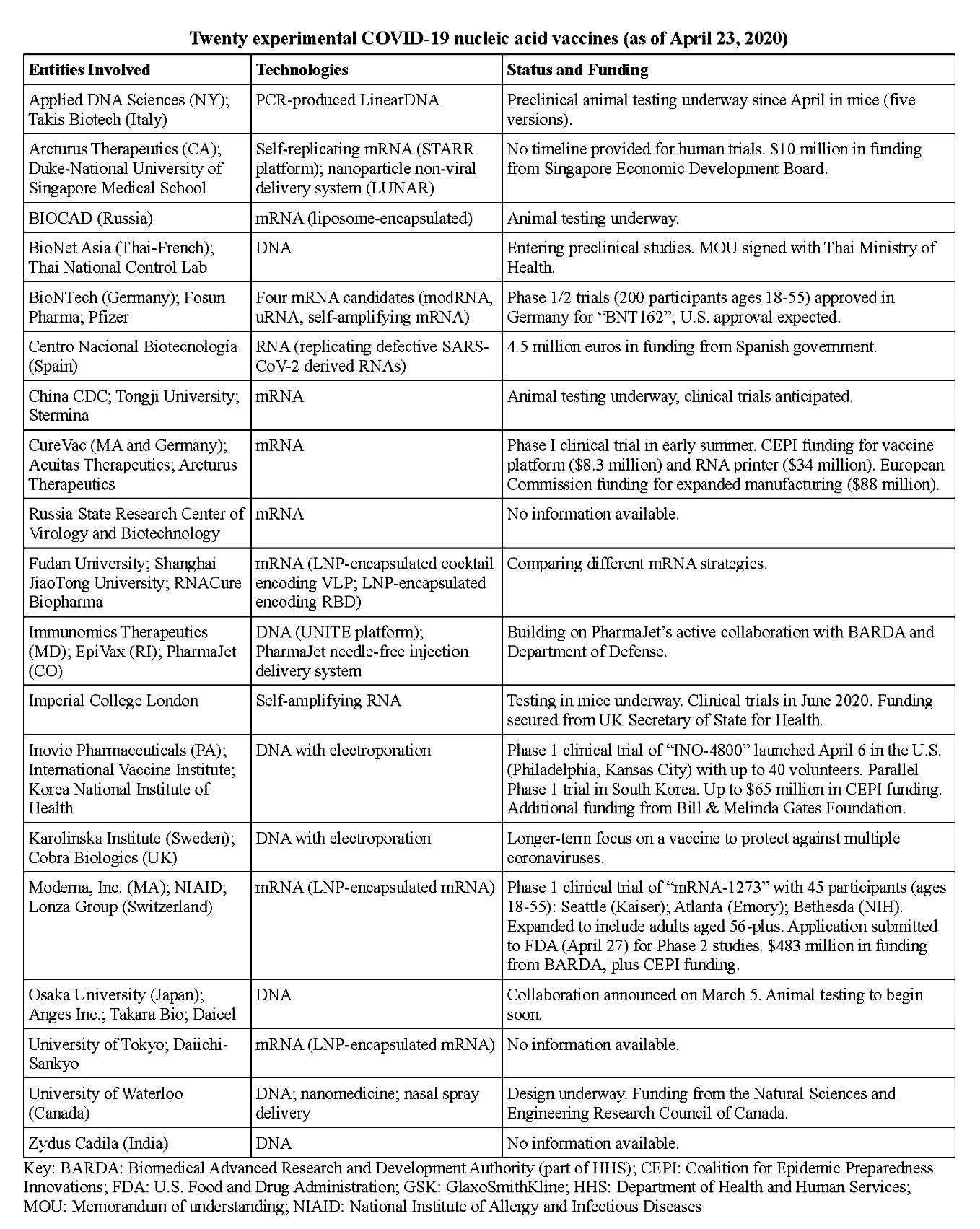


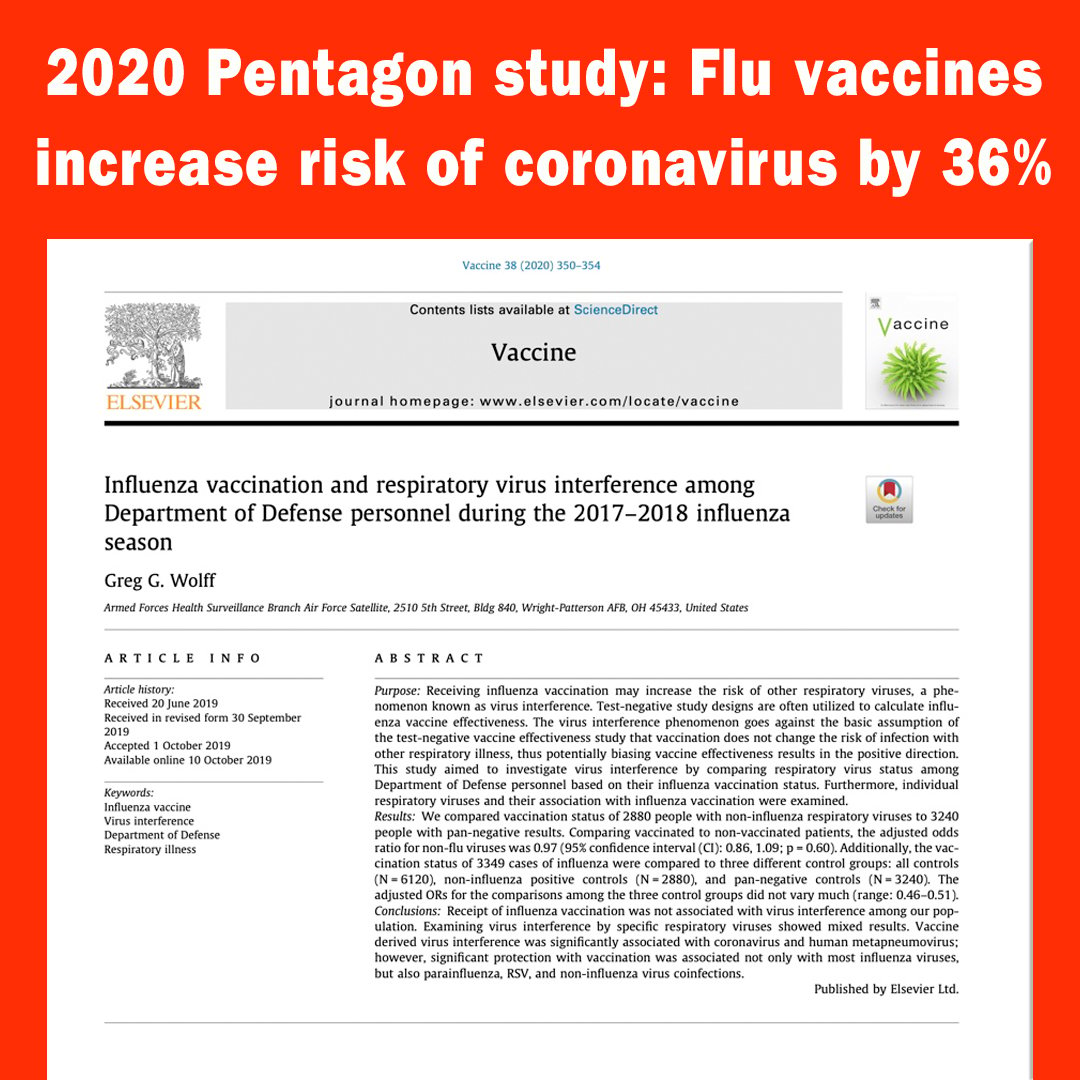

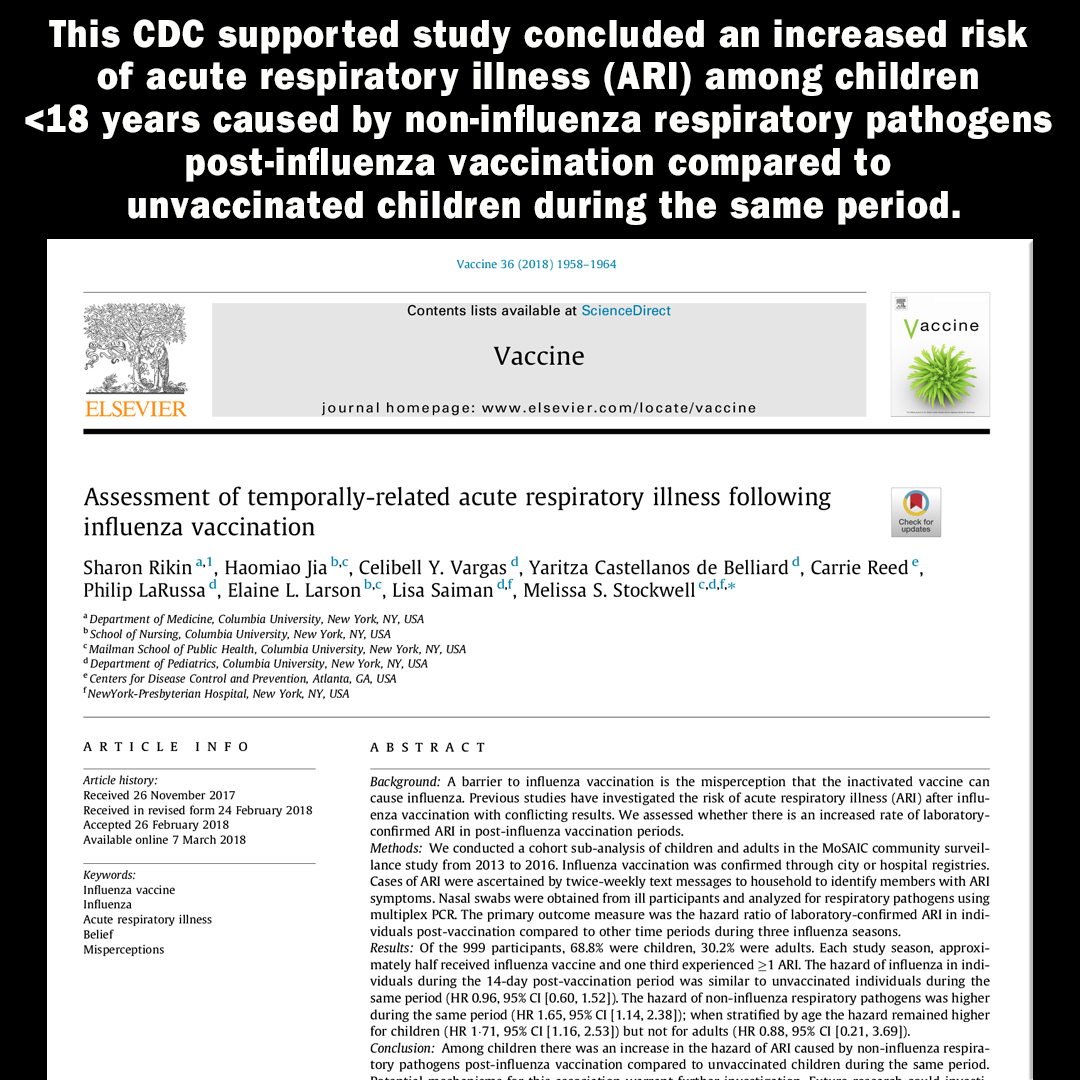
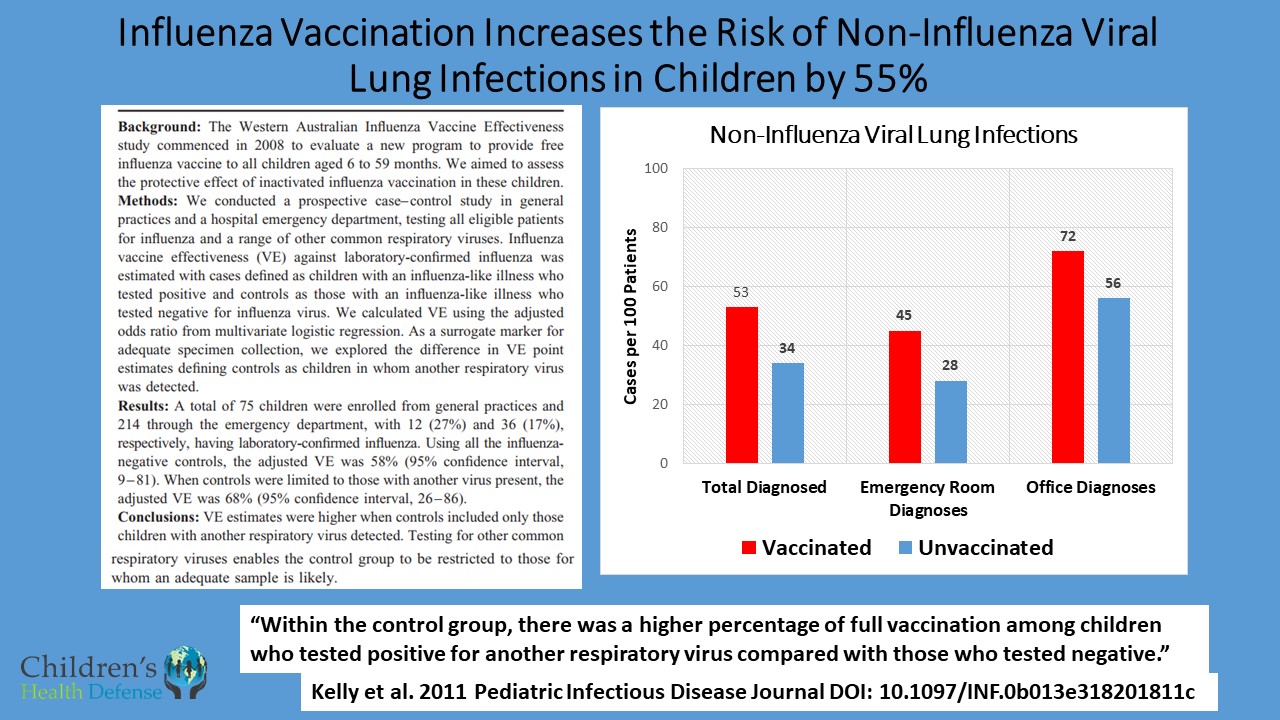
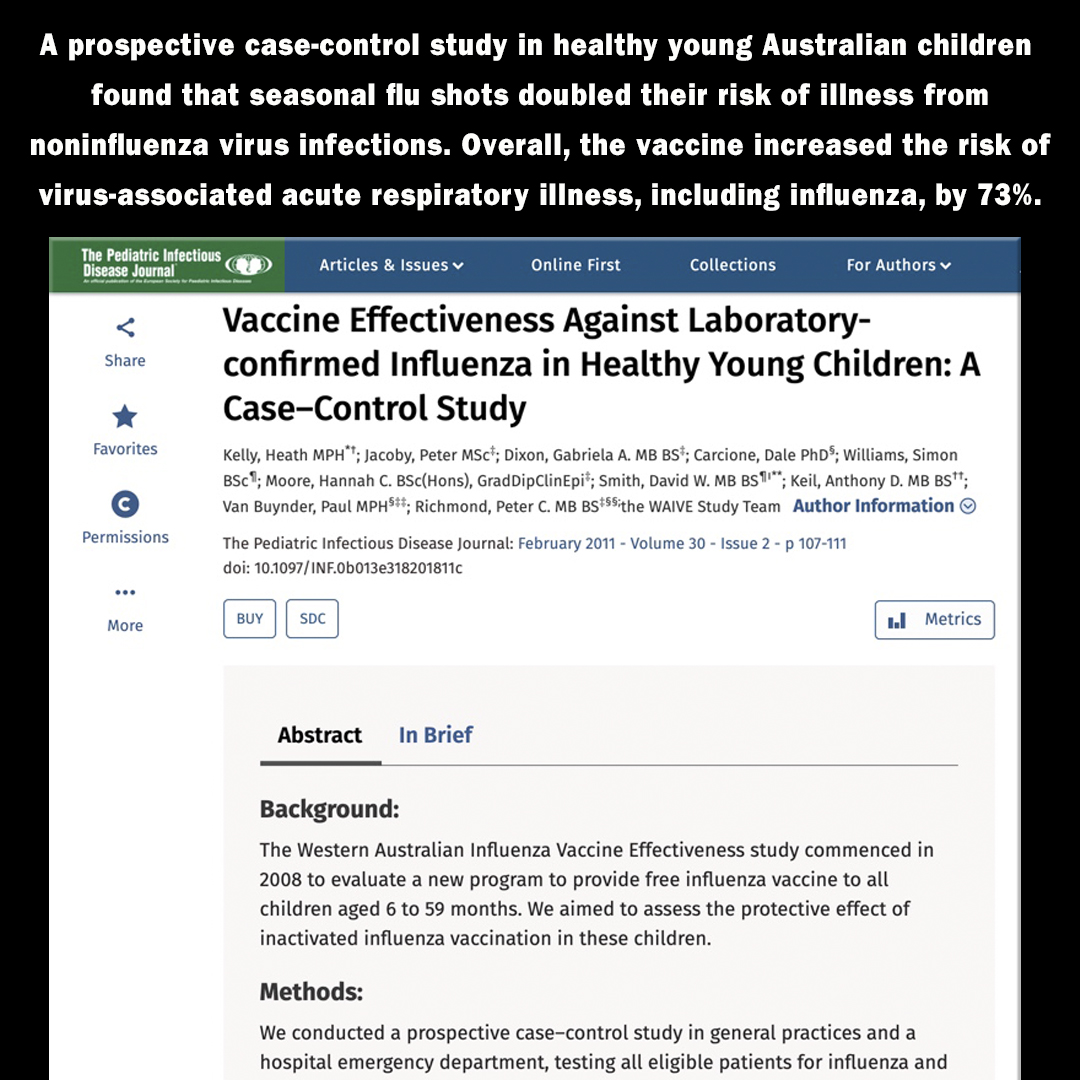
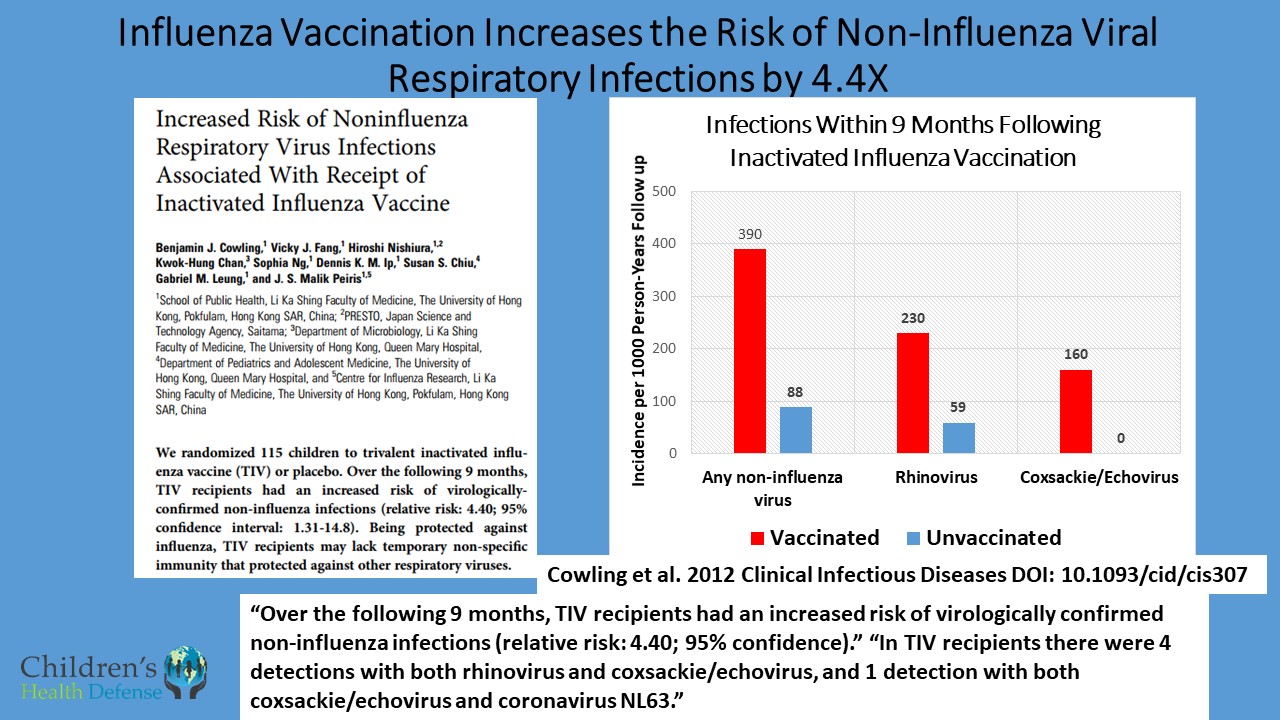
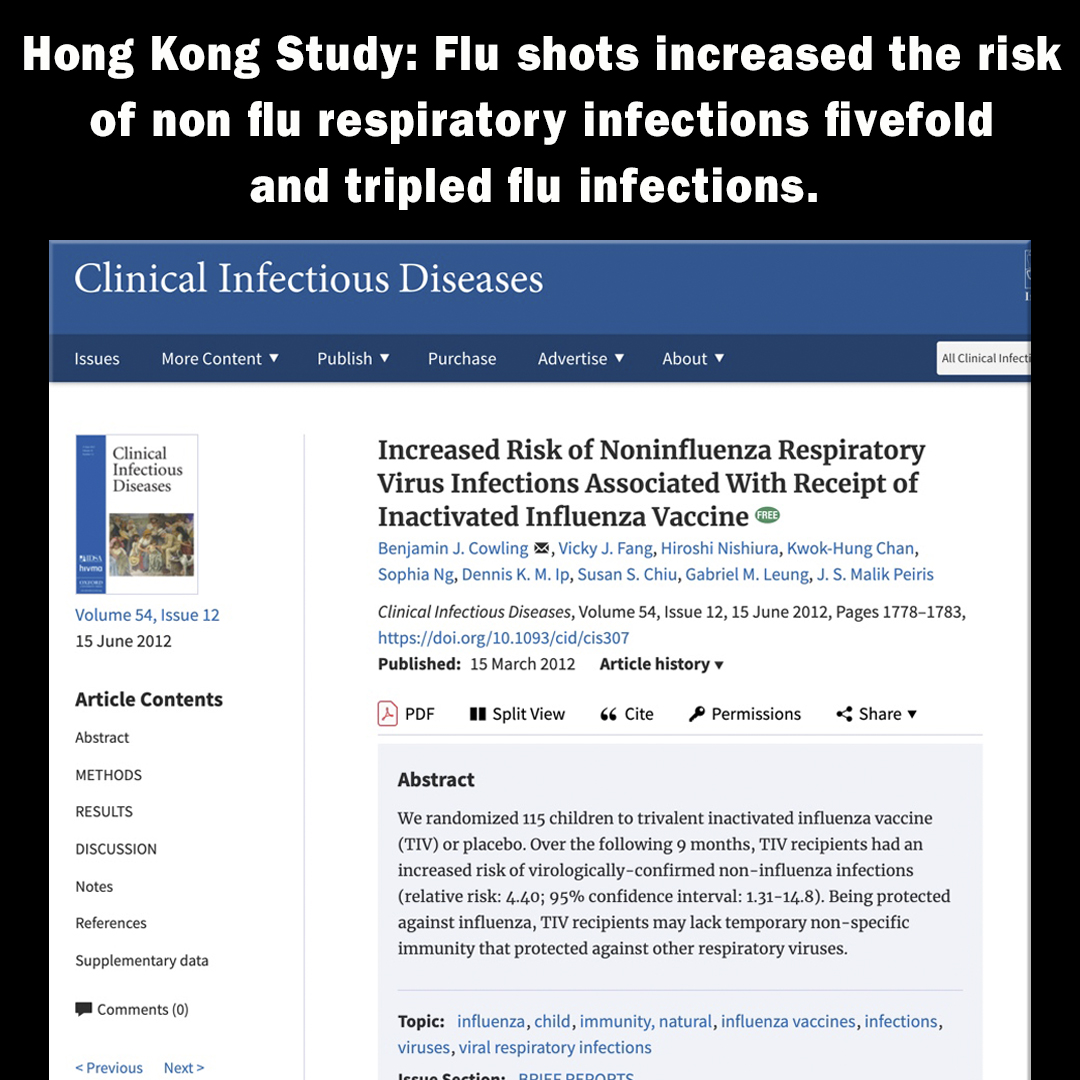
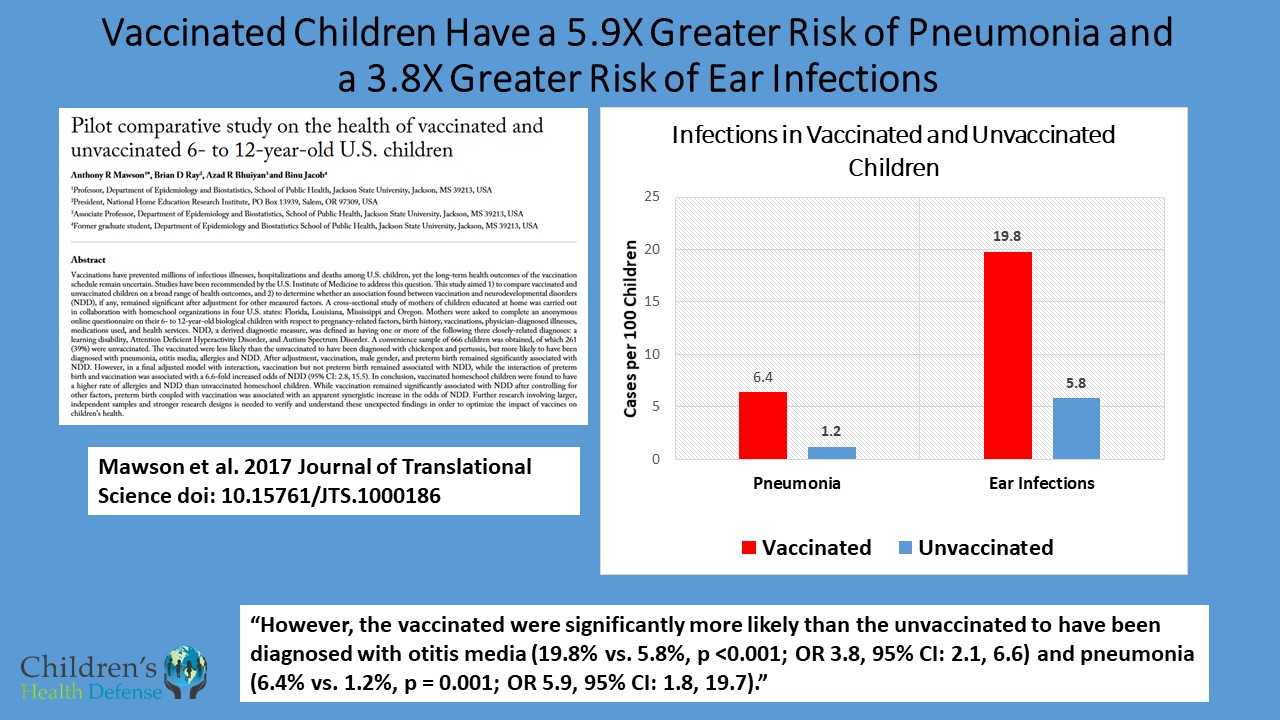
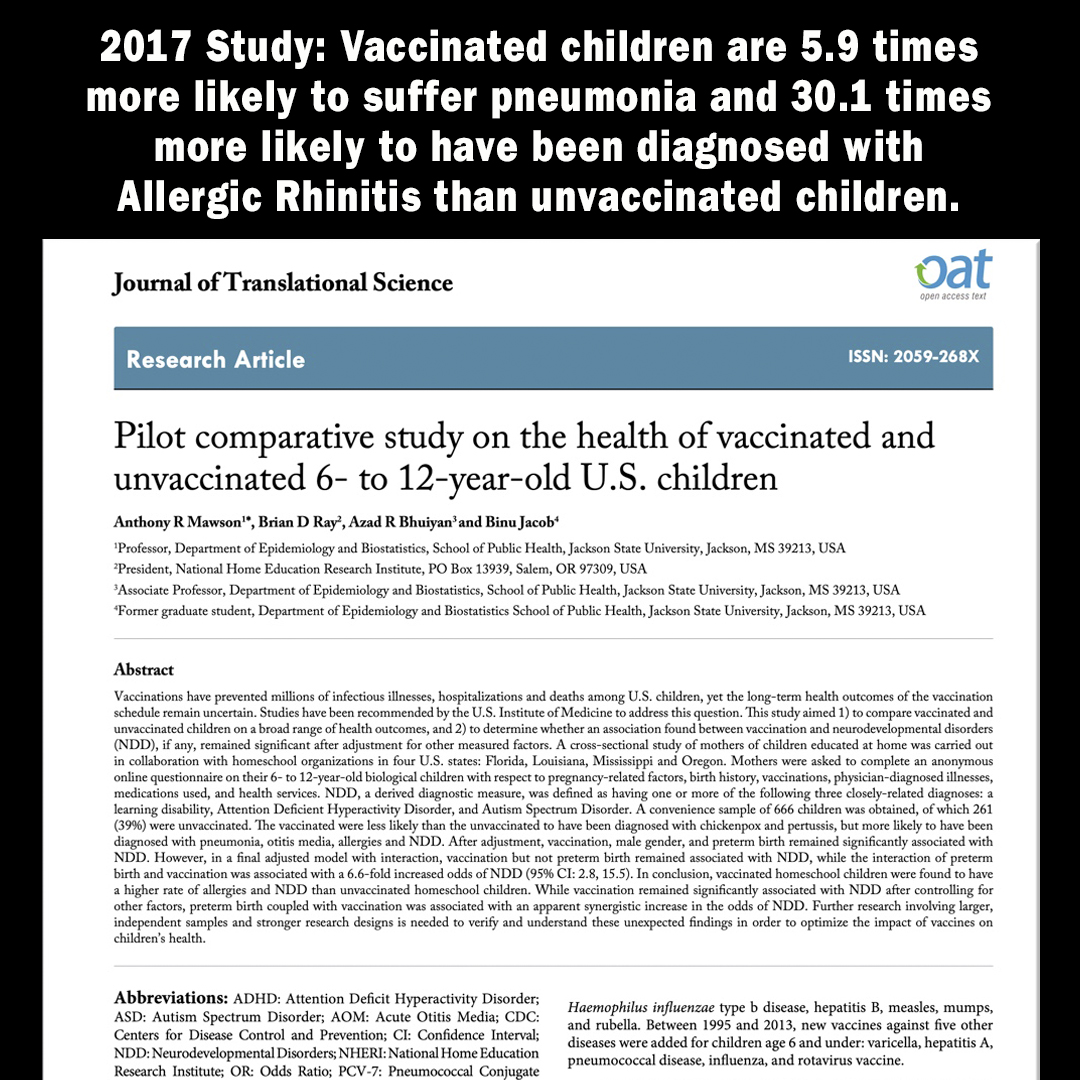
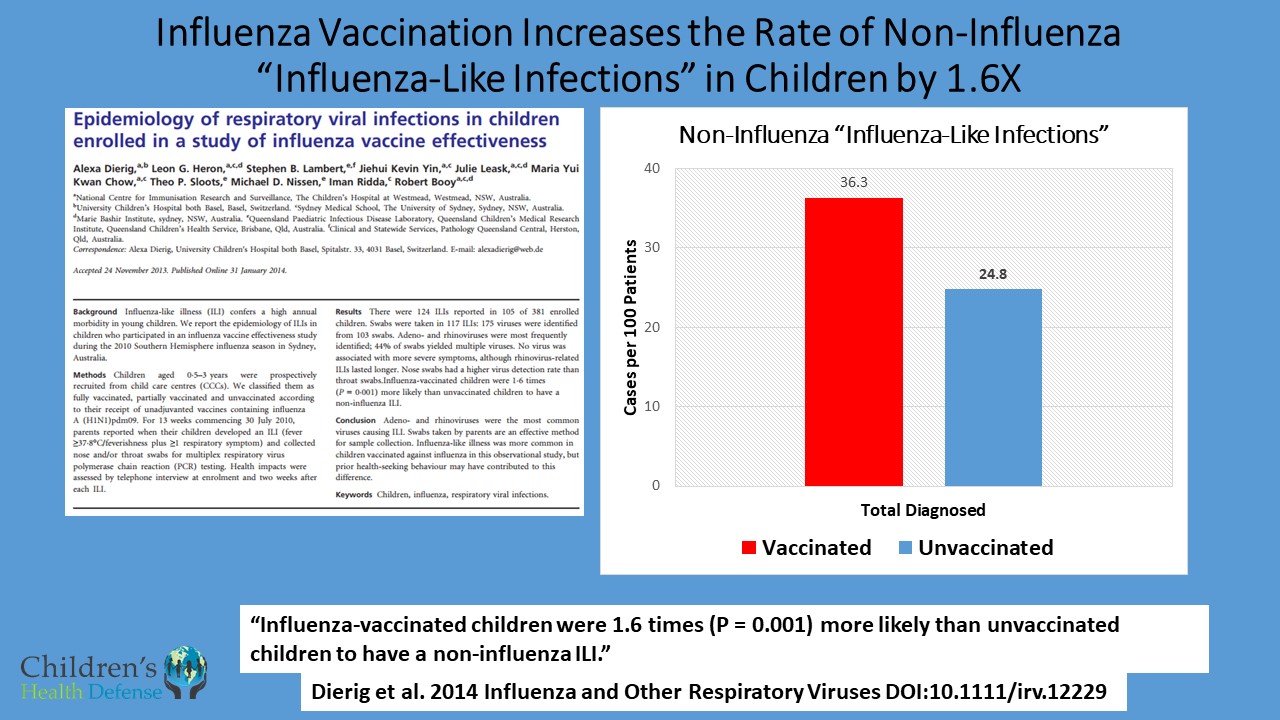

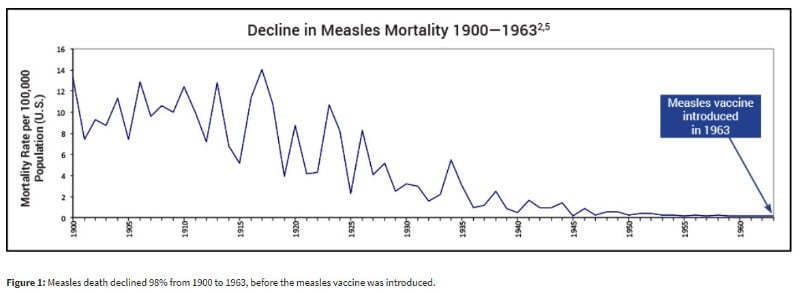
 Instead of holding officials accountable for their negligence , doctors on the front lines are being fired for speaking up! It happened to a medical whistleblower in China and it happens to
Instead of holding officials accountable for their negligence , doctors on the front lines are being fired for speaking up! It happened to a medical whistleblower in China and it happens to 







